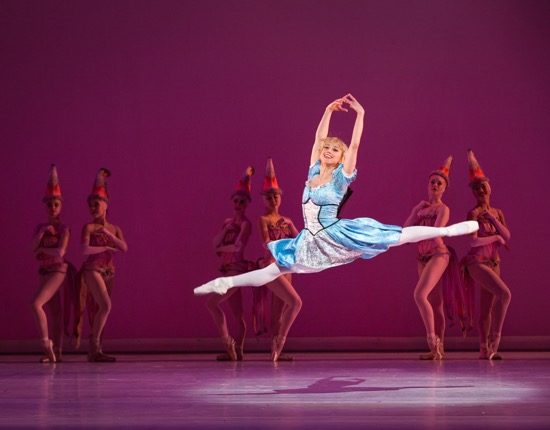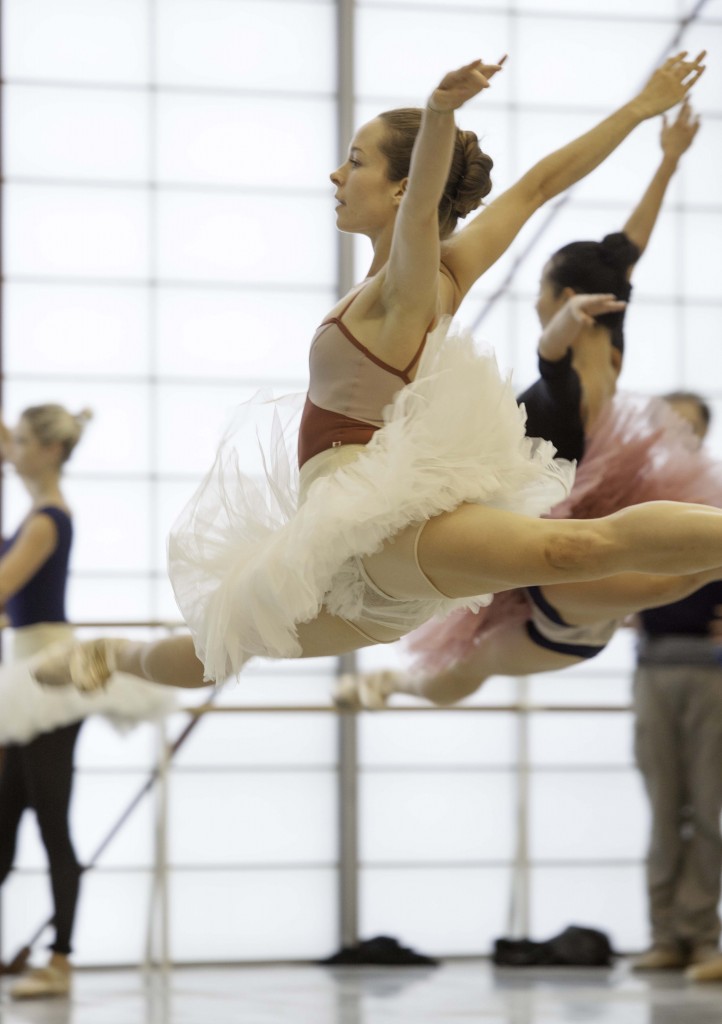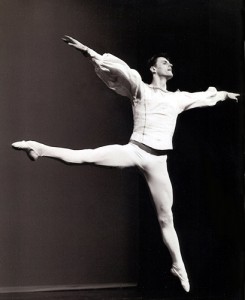
Touring with a professional dance company is a maturing experience. The process tests you in many ways. Since joining Miami City Ballet, I have toured to Vancouver, Ottawa, New York City, Minneapolis, and Chicago. Every city is culturally diverse, but all share an appreciation for dance. I look forward to sharing several touring experiences with you from my recent three-city tour with Miami City Ballet…

It is a dancer’s dream to perform at Lincoln Center. As the home of George Balanchine and New York City Ballet, Lincoln Center has a high level of historical importance. The backstage area, dressing rooms, and even the elevator reminds a performer why Lincoln Center is so remarkable. Our week there included three dress rehearsals and seven performances. Every performance highlighted a piece that was created for Miami City Ballet. Liam Scarlett’s Viscera, Alexei Ratmansky’s Symphonic Dances, and Justin Peck’s Heatscape were among these works. The company also performed works by George Balanchine and Twyla Tharp. On Wednesday evening, we performed Balanchine’s Serenade. It was a high point of the tour. The company also performed Twyla Tharp’s Sweet Fields. This particular work by Twyla first premiered in 1996. It is extraordinarily spiritual onstage and was a true highlight to bring it to the Koch Theater. In fact, the audience reacted so well that we returned for a curtain call after each performance.

To finish off the 2015-2016 season, we performed in Minneapolis and Chicago. Both cities presented new venues and different inspirations. Compared to the New York step of our tour, we presented similar programming which included Balanchine’s Serenade, Peck’s Heatscape, Scarlett’s Viscera, Balanchine’s Symphony in Three Movements, Ratmansky’s Symphonic Dances, and Balanchine’s Bourrée Fantasque. The audience stood on their feet after each performance.

Touring Tips on the Road:
While touring, learning to reset and refocus is important. Below are a few suggestions on how to approach touring with your best foot forward….
#1: Remember your goals. Touring is a very exciting element of company life. Usually, the first thing you want to do is explore the city, but, it is important to remember that you are there to perform and work.
#2: Plan ahead. I recommend researching the area around your hotel or near the theater so you have an idea of what is available. It is helpful to know where you can grab food quickly before or after the show.
#3: Stick to your routine. On tour, the theater, the distance to the theater, and the studio space are different. This means it’s important to stick to your regular routine for preparing for class and performances. If you usually spend 45 minutes warming up before class, make sure you do so.
#4: Eat! Be sure to bring good snacks for the trip so you do not get stuck trying to find something last minute. I like to have a variety of snacks like Cliff Bars, trail mix, and bananas. Check to see if there is a refrigerator at the venue or in the hotel. In this case, I would be sure to have yogurt, veggies, humus, or deli meat.
#5: Sleep! I recommend turning in a little earlier than usual.
#6: Keep you head held high and be positive. Touring is one of the most rewarding adventures a dancer can be a part of. Not only will you have the opportunity to perform in theaters around the world, you will also have the chance to be introduced to new audiences. A main reason I enjoy performing on stage is to bring audiences the emotion of our art form. So enjoy every minute and dance your heart out.















